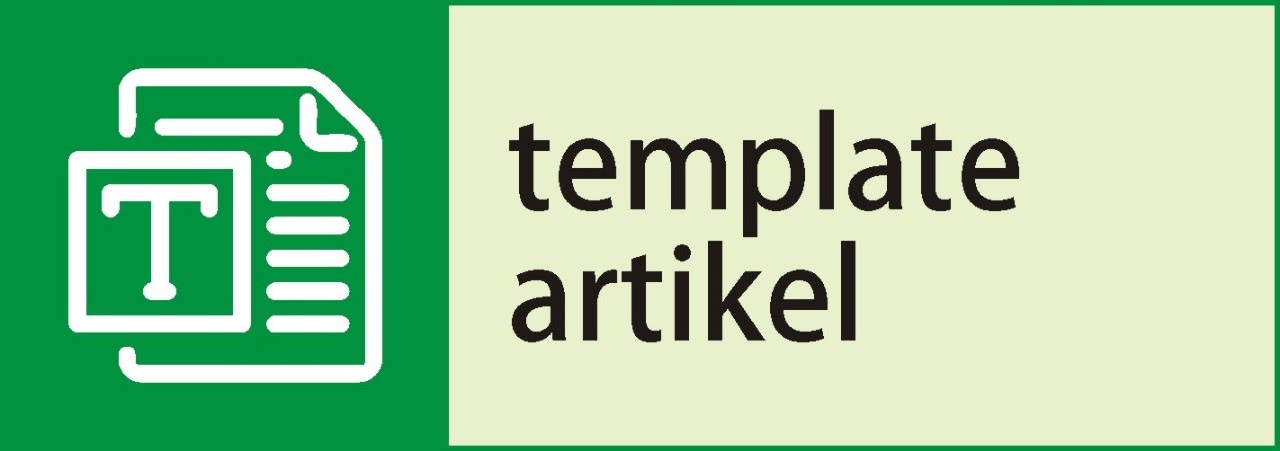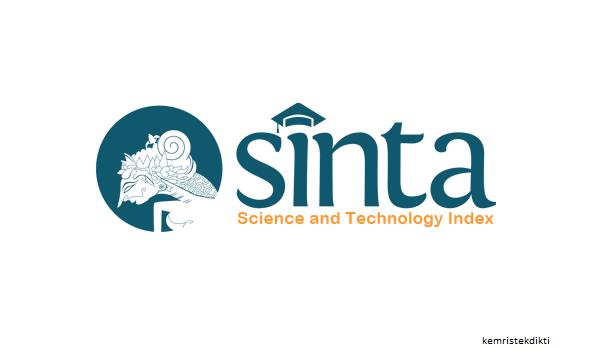An Analysis of Instagram Live Performance for Health Promotion Strategy: a Case Study of @iakmitangsel
DOI:
https://doi.org/10.58185/j-mestahat.v3i2.108Keywords:
social media, engagement metric, health promotionAbstract
There is a growing interest in leveraging social media platforms for health education and health promotion. This study focuses specifically on Instagram Live, a feature that allows real-time video streaming, to assess its effectiveness in disseminating health-related information and engaging the audience. This research employs a quantitative analysis of engagement metrics of @iakmitangsel’s Instagram Live performance from March to June 2023. The results revealed that Content J had the highest number of views (323) and likes (53). Content I had the lowest number of views (132), while Content B and H had the lowest number of likes (13 each). Content G had the highest number of accounts reached by followers (224), content J had the highest number of accounts reached by non-followers (241), while Content D received the highest number of impressions (561). On the other hand, Content H had the lowest number of accounts reached by follower (118) and Content B had the lowest number of accounts reached by non-follower (27) and the lowest number of impressions (239). The findings of this research will contribute to the knowledge base surrounding the use of Instagram Live as a health promotion strategy, specifically within the context of South Tangerang City.
Keywords: social media, engagement metric, health promotion
Downloads
References
Andriani, P., Yustisiani, R., & Umaroh, A. K. (2022). Instagram Analysis as Health Information media in Health office of Ngawi Regency.
Balatsoukas, P., Kennedy, C. M., Buchan, I., Powell, J., & Ainsworth, J. (2015). The role of social network technologies in online health promotion: a narrative review of theoretical and empirical factors influencing intervention effectiveness. Journal of medical Internet research, 17(6), e141.
Deeken, A. H., Mukhopadhyay, S., & Jiang, X. S. (2020). Social media in academics and research: 21st‐century tools to turbocharge education, collaboration, and dissemination of research findings. Histopathology, 77(5), 688-699.
Ernawati, A. (2022). Media Promosi Kesehatan untuk Meningkatkan Pengetahuan Ibu tentang Stunting. Jurnal Litbang: Media Informasi Penelitian, Pengembangan dan IPTEK, 18(2), 139-152.
Farid, M., & Farhah, E. (2021). Pemanfaatan Algoritma Instagram dalam Meningkatkan Promosi ODTW Budaya (Studi Kasus di@ KampungbudayaPijiWetan). Cakra Wisata, 22(2), 1-8.
Gardiner, C., Geldenhuys, G., & Gott, M. (2018). Interventions to reduce social isolation and loneliness among older people: an integrative review. Health & social care in the community, 26(2), 147-157.
Glanz, K., Rimer, B. K., & Viswanath, K. (2015). Health behavior: Theory, research, and practice: John Wiley & Sons.
Labrague, L. J. (2021). Psychological resilience, coping behaviours and social support among health care workers during the COVID‐19 pandemic: A systematic review of quantitative studies. Journal of nursing management, 29(7), 1893-1905.
Latha, K., Meena, K., Pravitha, M., Dasgupta, M., & Chaturvedi, S. (2020). Effective use of social media platforms for promotion of mental health awareness. Journal of education and health promotion, 9.
Leonita, E., & Jalinus, N. (2018). Peran media sosial dalam upaya promosi kesehatan: Tinjauan literatur. INVOTEK: Jurnal Inovasi Vokasional dan Teknologi, 18(2), 25-34.
Lewallen, T. C., Hunt, H., Potts‐Datema, W., Zaza, S., & Giles, W. (2015). The whole school, whole community, whole child model: A new approach for improving educational attainment and healthy development for students. Journal of School Health, 85(11), 729-739.
Liu, S., Xiao, W., Fang, C., Zhang, X., & Lin, J. (2020). Social support, belongingness, and value co-creation behaviors in online health communities. Telematics and Informatics, 50, 101398.
O’Reilly, M., Dogra, N., Hughes, J., Reilly, P., George, R., & Whiteman, N. (2019). Potential of social media in promoting mental health in adolescents. Health promotion international, 34(5), 981-991.
Pinto, P. A., Antunes, M. J. L., & Almeida, A. M. P. (2021). Public Health on Instagram: an analysis of health promotion strategies of Portugal and Brazil. Procedia Computer Science, 181, 231-238.
Puri, N., Coomes, E. A., Haghbayan, H., & Gunaratne, K. (2020). Social media and vaccine hesitancy: new updates for the era of COVID-19 and globalized infectious diseases. Human vaccines & immunotherapeutics, 16(11), 2586-2593.
Rachmawati, W. C. (2019). Promosi Kesehatan dan Ilmu Perilaku (Vol. IV). Malang: Wineka Media.
Setiyanto, F. B., Setyawan, D., & Yulandari, A. (2021). Pengaruh Algoritma Instagram Terhadap Keterikatan yang Lebih Tinggi dalam Penggunaan Instagram. Paper presented at the Prosiding Seminar Nasional Fakultas Ekonomi Untidar 2021.
Stellefson, M., Paige, S. R., Chaney, B. H., & Chaney, J. D. (2020). Evolving role of social media in health promotion: updated responsibilities for health education specialists. International journal of environmental research and public health, 17(4), 1153.
Suhadi, S., Nurmaladewi, N., Yasnani, Y., & Tina, L. (2020). Promosi kesehatan berbasis daring mengenai perilaku pencegahan COVID-19 bagi masyarakat Kota Kendari. Jurnal Pengabdian Masyarakat ANOA, 1(3), 245-255.
Tari, A. W., & Rahmayanti, Y. (2019). Gambaran Pengguna Media Sosial Facebook dan Instagram dalam Promosi Kesehatan Bahaya Merokok. Kandidat: Jurnal Riset dan Inovasi Pendidikan, 1(2), 47-55.
World Health Organization. (2022). Bending the trends to promote health and well-being: a strategic foresight on the future of health promotion: World Health Organization.














